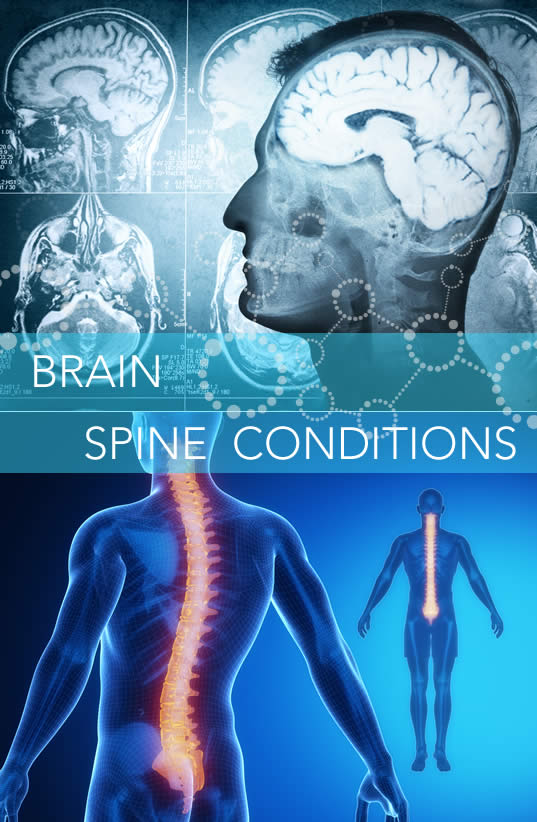
Carpal Tunnel Syndrome Specialists
What causes carpal tunnel syndrome?
If you could see a cross-section of your wrist, the carpal tunnel is easy to discern, a passageway formed by the bones of the forearm and a fibrous band of soft tissue. Passing through this tunnel are nine tendons, two for each finger and one for the thumb. It makes for a tight fit, and it’s through this crowd that the median nerve also passes.
The median nerve has the consistency of a piece of cooked spaghetti, so its fragility makes it vulnerable to compression. When repetitive motion inflames the carpal tunnel, the tougher tendons continue to operate, but the median nerve gets compressed and creates signals of pain, tingling or numbness. These sensations can be in the hands or the wrist, usually – but not always – downstream of the point where the nerve is compressed. This is classic carpal tunnel syndrome, or CTS.
With time and continued irritation, the tunnel’s shape may collapse, leading to constant discomfort and impairing your hand’s function.
What symptoms are common with CTS?
Typically, the sensory effects of CTS affect the thumb and first three fingers, leaving your pinkie finger alone. Pain, tingling, and numbness are all common. Pain may be sharp or dull, and in some cases, there may be occasional sudden sensations that feel like an electric shock.
Your grip strength may be compromised when you have CTS, due to a combination of numbness and weakness in the thumb’s gripping strength. The median nerve provides control for the muscles around the base of the thumb as well as sensations for the palm side of your thumb and fingers, except for the little finger, the reason why it isn’t usually affected.
How is CTS treated?
Many cases of CTS may be resolved using rest, anti-inflammatory medications, support devices such as splints, as well as education and exercises to prevent recurrence. A surgical procedure called carpal tunnel release may be performed if CTS advances to the point other interventions don’t succeed.
Carpal tunnel release surgery may be performed conventionally, with an open incision to access the wrist, or using endoscopic methods to minimize impact on surrounding tissue. Endoscopic techniques typically result in less pain and faster recovery time. The surgeons of Arizona Neurosurgery and Spine At The CORE Institute are well-versed in both methods.
If carpal tunnel syndrome hits you, there’s nearly a 50% chance that you’ll lose a month of work to treatment and recovery. Repairing carpal tunnel damage is the most common wrist and hand surgery performed today.
To take care of your pain once and for all, the experts of Arizona Neurosurgery and Spine At The CORE Institute, located in Phoenix and Peoria, Arizona, are your go-to resource for any repetitive strain injury that results in nerve compression.

